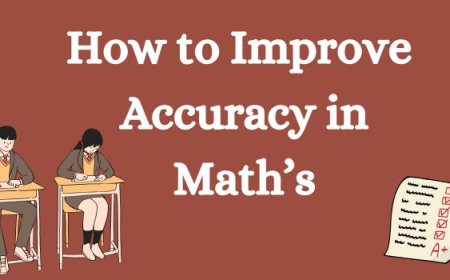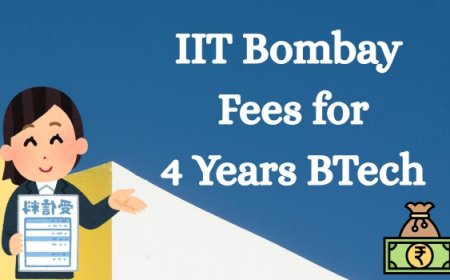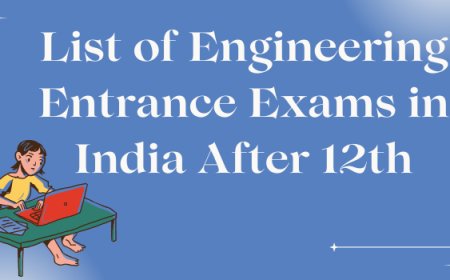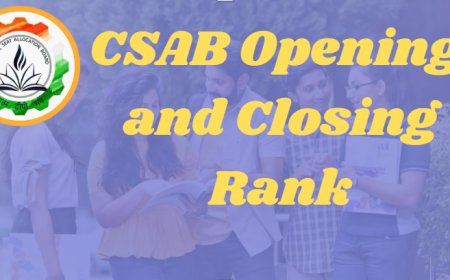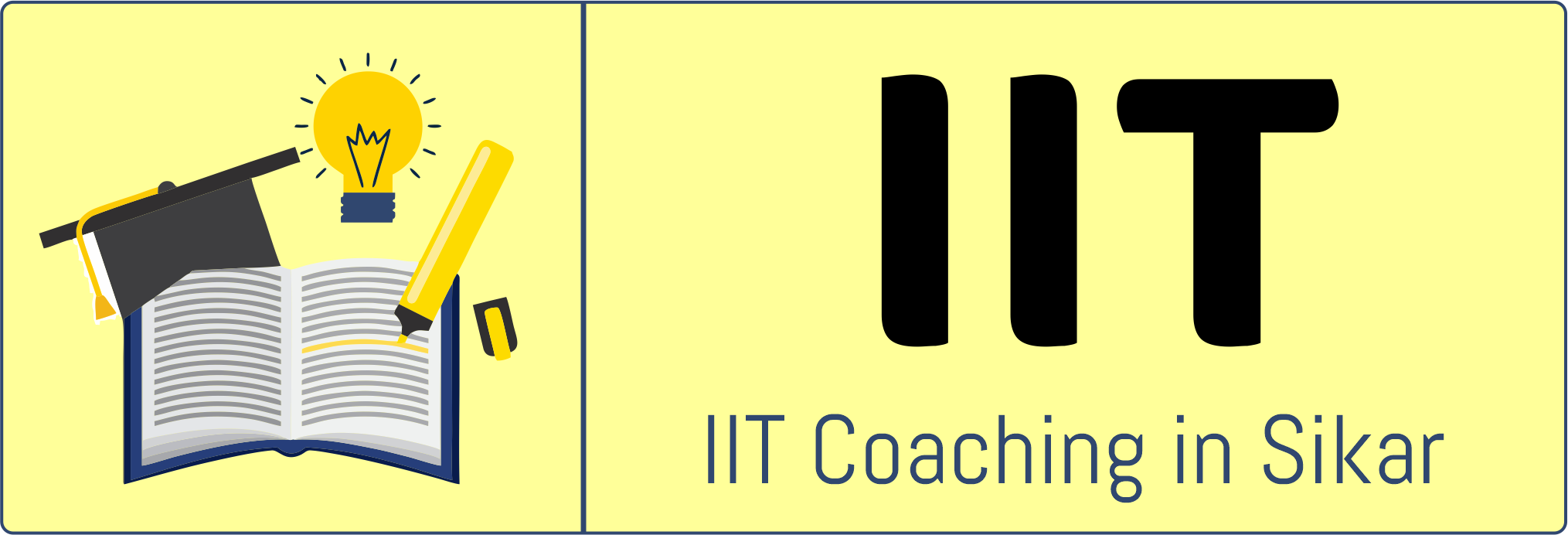Easiest JEE Advanced Paper Ever of All Time? Find Out
Was JEE Advanced 2017 the easiest paper ever? Discover why it stood out, subject-wise difficulty, cutoff impact & IIT that set the paper.

Easiest JEE Advanced Paper Ever: In India, many consider JEE Advanced to be one of the hardest challenges for those hoping to attend the IITs. Students are always ready for the usual tough event that challenges their mental abilities. Let's find out in this article, Is the JEE Advanced exam tough or not?
Various students, teachers, and coaching institutes agree that JEE Advanced 2017 was one of the easiest exams in recent times. Below is a thorough explanation of the reasons behind the paper’s ease, who was responsible for giving it, and how students performed in the process.
Check Out: JEE Advanced 2025 Answer Key, Video Solutions & Paper Analysis by CLC Sikar
Who Conducts the JEE Advanced Exam?
JEE Advanced is arranged by a different IIT Institute annually, on a cycle basis. The role involves organizing the Exam, arranging everything needed, and publishing the results. The Joint Admission Board watches over the entire process to make sure it is fair and clear.
The arranging of the exam is authorized by one IIT each year.
- IIT Bombay
- IIT Madras
- IIT Delhi
- IIT Kanpur
- IIT Kharagpur
Which IIT Set the Easiest JEE Advanced Question Paper?
IIT Madras was responsible for organizing JEE Advanced 2017. Under the system where each IIT hosts the exam every three years, the IIT Madras paper last year offered less difficulty to students, who felt it was easier than they expected it to be.
There were many reasons why the 2017 paper seemed easy.
1. Concept-Based and Direct-Led Strategies
Both Paper 1 and Paper 2 included examples that illustrated basic ideas found in the textbook. Those who learned the basics well and used previous practice materials solved these questions easily.
2. Emphasis is Shifted from Tiring Calculations
This year’s exam did not need students to perform many lengthy calculations or steps. Because of this, students found it easier to handle their time and answer more problems.
3. Fair Dividing of Question Duties
All sections were equally difficult in Physics, Chemistry, and Mathematics. None of the topics were more challenging than expected which doesn’t usually happen in JEE Advanced. Most years, there is one subject noticeably harder than the others, but not in 2017.
4. Common Ways Asked
Several coaching persons mentioned that many of the questions used in the recruitment exam were similar to those students had studied previously during coaching. This made the challenges from unexpected topics much less of a concern for students in JEE Advanced.
Check out: JEE Advanced 2025: Difficulty level, Subject-Wise Paper Analysis, and Student feedback.
Which Subject Was the Easiest in JEE Advanced 2017?
Physics
Most students thought that physics was the simplest section. The majority of the questions asked students to directly use formulas from the chapters Mechanics, Modern Physics and Electrostatics. There were no conceptual questions or graphical problems on the test.
Chemistry
We learned Chemistry based on NCERT, mainly for Inorganic and Organic Chemistry topics. Those students who followed the NCERT textbook got better results. Many physical chemistry questions I faced had numbers, but they were generally quite manageable.
Mathematics
Even in this section, Math was much simpler to handle than it usually was. Most of the questions involved basic operations from Calculus, Algebra, and Coordinate Geometry. Only rare problems asked students to make strong logical connections.
How this affects Cutoffs and Rank
With a relatively simple essay, more students were required to score high to get in. Students earning a good score required a higher number of marks than regular. As a result, the teams were even closer to each other in the competition.
General cutoff: 128 out of the total 366.
For the Top 1000, scores should be near or above 200.
It turned out that although the paper wasn’t difficult, there was a lot of competition near the top. A couple of errors could cause a student’s rank to decline by a huge amount.
Check Out:JEE Advanced Cutoff 2025: Category-wise, Minimum Marks, Previous Year Trends
Final Thoughts
JEE Advanced 2017 was unusual compared to all previous years. Supported by IIT Madras, this exam surprised many by making its paper both clearer and simpler than in previous years. Because separate groups were taken, students who excelled had to compete more intensely at the top.
Anyone considering coding should learn this: don’t guess how challenging it will be.
FAQs
Q1. Which year had the easiest JEE Advanced paper?
Ans. Both students and experts thought that the JEE Advanced 2017 exam was among the easiest compared to others. This year’s questions discussed just a few main ideas and were simple in form and substance.
Q2. Why was JEE Advanced 2017 considered easy?
Ans. Questions asked in the paper were easy to follow, there weren’t many hard calculation problems and every subject held a similar level of difficulty. Students took less time to get through the same number of questions.
Q3. Which IIT set the JEE Advanced 2017 paper?
Ans. IIT Madras organized and carried out the 2017 paper. It did not follow the usual pattern by creating a paper that was more straightforward.
Q4. Did the easy paper make the competition less intense?
Ans. Not in the slightest. It was even more difficult at the top of the class because many students achieved top scores. Consequently, the range of scores needed to enter a college became greater and those who were ranked close together were separated by smaller margins.
Q.5 Should future aspirants expect easier papers like 2017?
Ans. No, JEE Advanced is notorious for not being predictable. 2017 was straightforward, though things got much harder in 2016 and 2019. Skill testing questions should be studied at every difficulty level.
What's Your Reaction?










